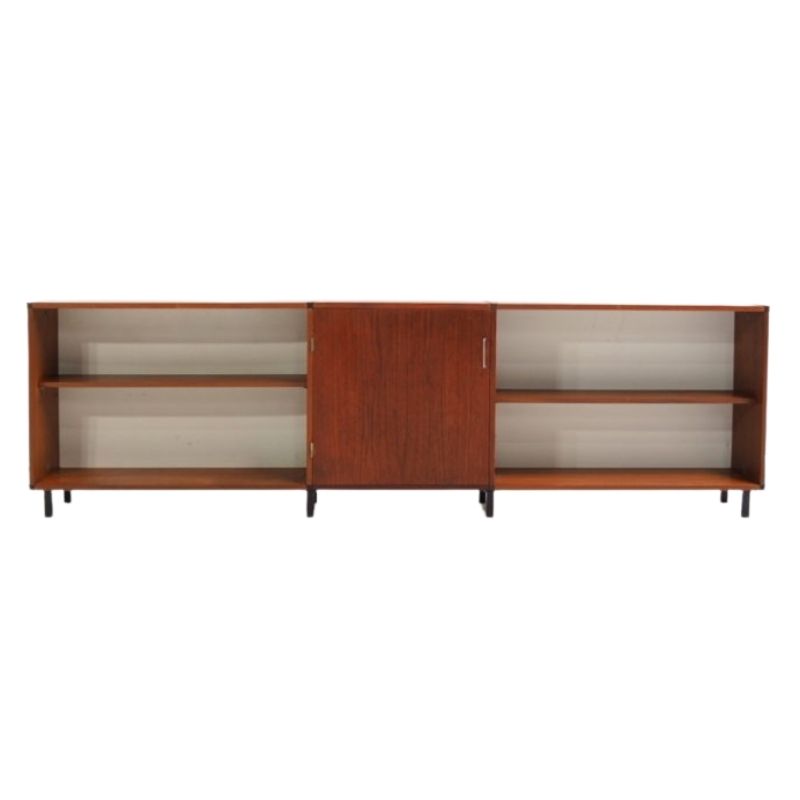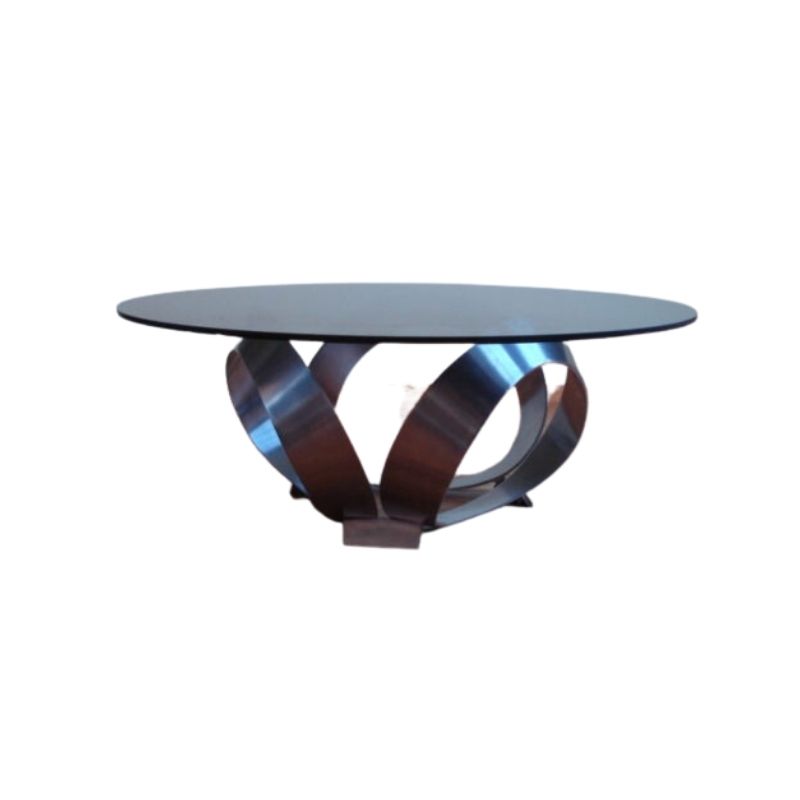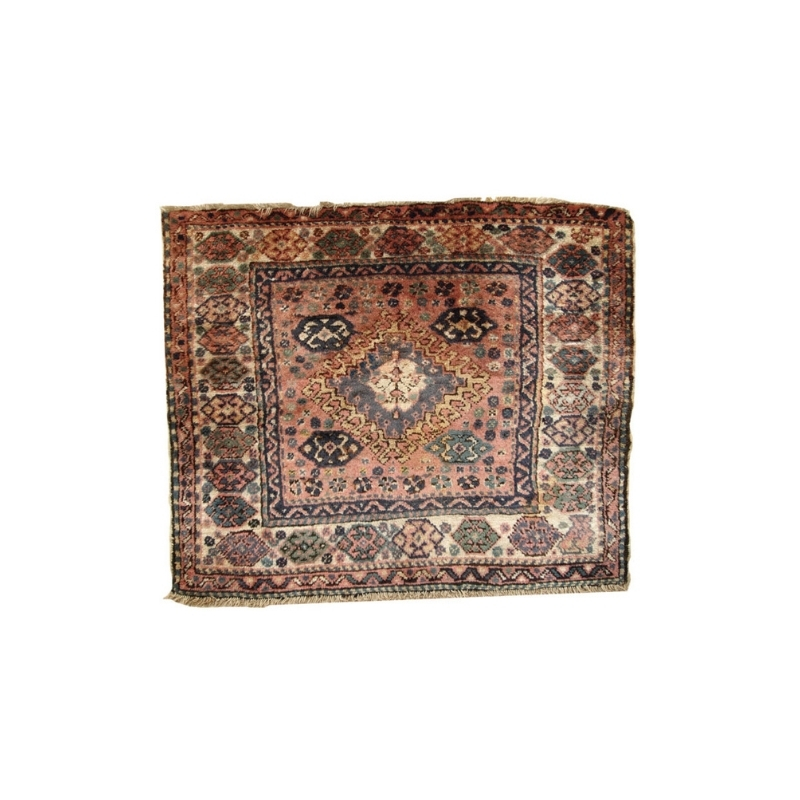I found an Eames LCW chair. I want to repair it. Here are the details:Good: It's definitely a original LCW, probably from the 40's era, due to the fact that the stamped serial is only on the bottom near the HM sticker. The other serials are not stamped on the other chair pieces, so I think this is an early model where they wrote the serials with a marker. There was only one owner, and he knows the entire life of the chair. Bad:It's in terrible condition. Three of the original screws are missing, the rubber shockstoppers are cracked and worn, the backrest wobbles so bad it can twist a full 150 degrees, the threads on most of the wood pieces are shot (so bad that if someone sat in it, it would probably fall apart), and the PO in the 1960's painted it all black with a brush.I want to strip and sand it down, re-stain it, fill and redrill the holes for the screws, replace the stoppers, and use it in my office. Normally I would repair and restore this with any old chair that I want to fix without a second thought, but after researching it and finding out it's probably an original series, I wanted to check with the hive mind. I don't expect something in this condition to be very valuable, but does a crappy, worn-out, painted, original LCW out-value a well-done DIY restored Eames chair?  <img class="wpforo-default-image-attach
<img class="wpforo-default-image-attach
I mostly agree with you about the story aspect defeliciantonio. But I still might cave in and mess with it...
For me it would depend on just how ugly the black paint job was. Even though I like black, I might try a very careful removal of the paint, keeping as much of the original finish if possible, and just spot refinish where needed. Sometimes a bad coat of paint can actually act to preserve the original finish. Gotta be lucky though.
I have to say I am pleasantly shocked by your comment.
Depending on the condition of the black paint on the chair, you can try testing different grades of paint removers starting with the least intrusive type. You also have to do the test on the area that will be the least visible (and very small). The goal is to try to conserve/preserve the original wood finish/color as much as possible .Without seeing the actual chair, you might also try a solvent like acetone to see if the black paint comes off easily without harming the layers underneath. It is hard to determine from the images if the chair's wood was in bad shape prior to repaint or someone just wanted a version in black then you are in luck that the original finish is intact.
Use common sense when doing small test that you do not add more damage to the chair. Good luck
Also, it looks like the partial label is by Evans Product Company (before Herman Miller) but it is hard to see from the image.
It is ok to repair the parts like the rubber shock mounts and screws to make the chair useable but only do full restoration/refinishing on pieces that are in poor to very poor shape/condition as a very last action. and focus less on the monetary value
I wouldn't expect it to have high monetary value. As for stripping, black paint is likely to have gotten into any and every crevice and pit. If the chair was already damaged before being painted, I'd be surprised if it could ever look great again, short of trimming the edges (which I hope is considered worse than criminal in restoration circles -- but what do I know).
Sloppy screw holes in plywood could presumably be improved with a generous application of wood glue to the holes, which would be allowed to dry thorughly, perhaps with a second applicaton, before being used again. An neat alternative would be threaded inserts like T-nuts, and machine bolts. A desperate but perfectly practical solution would be new screw holes in fresh alternate locations. None of those screws are visible when the chair is on the floor, after all . . .
At the end of the day, it's your call and if you are considering leaving it in its current state, you have to be comfortable with that aesthetic. It is early Evans production and I think it would have more value if restored. We recently picked up a walnut Evans DCW which had been painted early in it's life. We took it to our friendly restoration shop and they removed every last bit of the paint. What was underneath was a pristine vintage chair in amazing condition. It had been perfectly preserved under the layer of paint. So it can be restored, but I would recommend taking it to a real professional.
After reading about Eames plywood designs for almost 10 years on DA, I finally acquired my first one: an Evans LCW (I do currently have a soft pad desk chair and owned a fiberglass shell side desk chair previously).
I was buying a few Danish pieces from an eBay seller in Jersey, and he offered the Eames last minute for a good price right before the shipper picked everything up. I believe the wood is walnut, and the chair has the following characteristics: 5/2/5 screws, oval backrest shock mount, tapering ply in the spine. The backrest shockmount has failed (with sloppily attempted glue repair), but luckily no wood damage at the mounts. It looks like the seat shock mounts may have also be reglued at some point, but those a currently intact.
Not sure when I'll get around to restoring, but will probably go the minimalist route with just backrest shockmount replacement initially.
One question I have relative to the screws for Evans LCWs. It seems clear that the screws for the front 5/2 patterns are originally stainless domed phillips heads. However, I've seen a few variations for the countersunk flat head wood screws for the back 5. Sometimes they are stainless phillips, sometimes stainless slotted, and sometimes black phillips. Mine are black phillips. Does anyone know if there were different screw types initially used for the back countersunk 5? Or is there only one correct screw type here for Evans production and the other examples online are all replacements.
There are a million LCW threads out there on DA, so I just picked one that seems somewhat relevant.






Just can say that all original Evans/Miller versions I've come across the last 20 years have all been made from stainless phillips screws at the backrest. Never came across black phillips or even slotted screws.
Of course, that doesn't prove anything.
what muddies the water even more is the eames.com website gives photos and itemized breakdown of distinguishing features of the various generations of LCWs. While the text seems accurate enough, the photo they chose for the underside shows not only slotted stainless wood screws for the back 5, but slotted domed screws for the middle 2. That seems obviously wrong from everything I've read. Even though the eames.com site is not related to the Eames estate, you would think that they would still review/select photos like that carefully. That's one of the things that got me thinking that maybe the Evans folks just didn't have such a fixation on screw consistency for early production chairs. https://eames.com/en/lcw

If you need any help, please contact us at – info@designaddict.com









